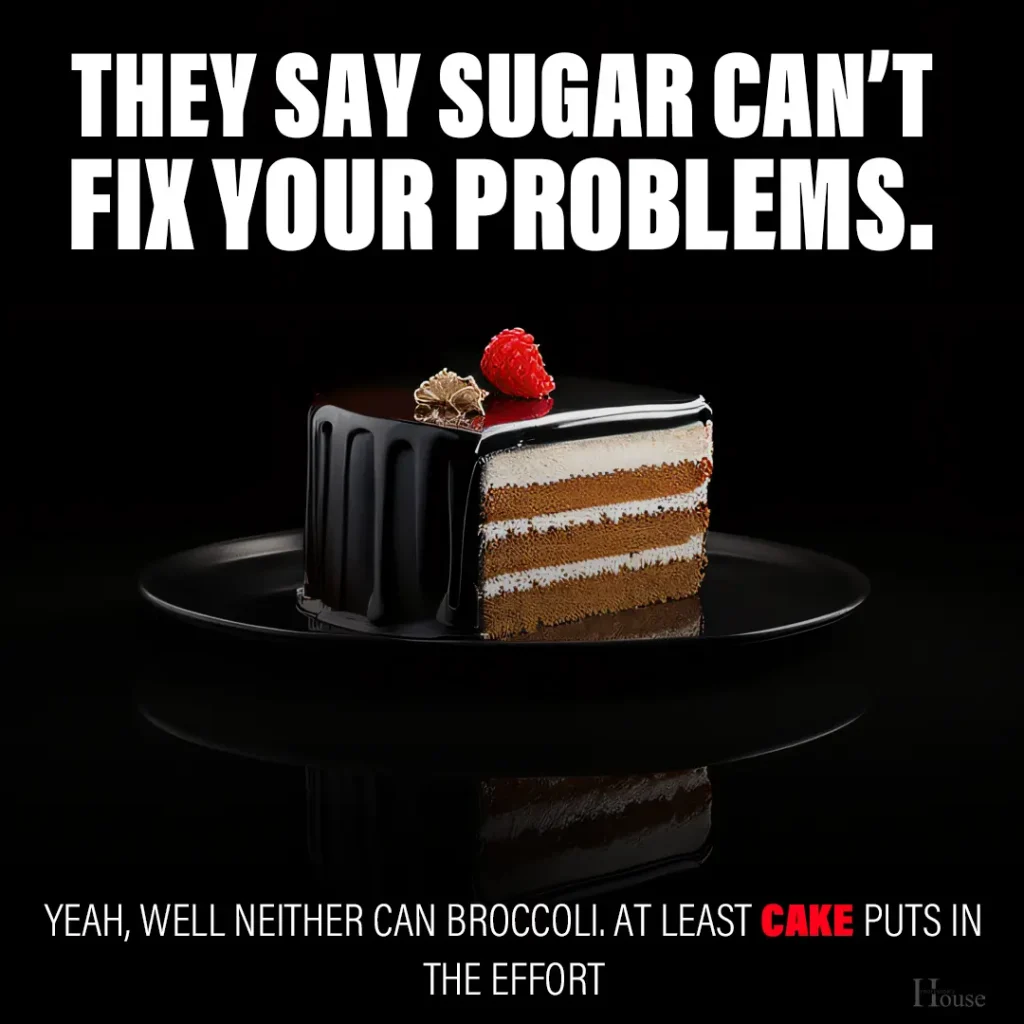Exploring Hardwood Flooring: A Comprehensive Guide
Hardwood floors are the most popular choice for wood flooring, and for good reason. They are exceptionally durable and offer an extensive selection of wood types, colors, and grain patterns. Below, we explore the incredible options available today to help you choose the perfect hardwood floor for your space.
Choosing the Right Installation Method
Hardwood flooring comes in two primary types: traditional tongue-and-groove planks and modern engineered floors. Each has unique benefits and installation methods.
Traditional Plank Flooring
Traditional plank floors are typically 3/4-inch thick, though thicknesses can range down to 5/16-inch. Thicker planks are ideal for long-term use, as they can be refinished multiple times, with each sanding removing a small portion of the wood’s depth. If you’re preparing a home for sale, thinner planks may suffice. These floors are installed by tapping planks into place and nailing them to the subfloor, often using a pneumatic nail gun. Any height inconsistencies or uneven butt ends are smoothed during the sanding and finishing process.
Engineered Flooring
Engineered floors are a popular trend in flooring due to their distinct advantages. Constructed with a plywood substrate, they are less susceptible to warping, checking, or buckling compared to solid wood. The top layer, or “wear layer,” is a veneer of hardwood, typically pre-finished to save time and effort. When selecting engineered flooring, check the thickness of the wear layer by inspecting the board ends, as a thicker veneer allows for future refinishing. Engineered floors are designed to “snap” together, often using the innovative Lock and Fold joining method, which eliminates the need for extensive tapping or blocking. Among hardwood flooring types, pre-finished engineered floors are the fastest-growing category due to their ease of installation and durability.
Selecting the Ideal Plank Width
Plank width significantly impacts the aesthetic and performance of your floor. In the past, wide planks—often made from softwoods like hemlock, pine, or Douglas fir, or hardwoods like oak or cherry—were common. These wide planks create a rustic look, making them ideal for colonial homes, farmhouses, or vacation cottages.
As milling technology advanced, narrower planks, typically 2 1/4 inches wide, became the standard nearly a century ago. This width offers greater stability and allows for more color variation across the floor, though it requires more installation effort due to the increased number of planks. Wider boards are more prone to movement caused by seasonal temperature and humidity changes. For better performance, consider straight-grain boards, which are more expensive but less likely to shift. Modern engineered floors now offer wider widths, combining the rustic appeal of wide planks with the stability and convenience of engineered products.
Considering Board Length
Both plank and engineered flooring are available in lengths ranging from 12 to 84 inches, with custom-milled options for longer boards. Longer boards create the illusion of more space when oriented to run the length of a room, while shorter boards add visual interest through varied color and pattern. Engineered floors often include more shorter pieces, and imported woods or lower-grade materials typically come in shorter lengths. When installing random-length boards, stagger the butt ends to avoid clustering seams, creating a natural, randomized pattern.
Exploring Bevels and Textures
Most hardwood flooring features flat, edge-to-edge planks, but beveled-edge planks are available for a distinctive look. Be cautious, as bevels can complicate moving heavy furniture, and small wheels may catch, causing scratches. Refinishing beveled floors is also more challenging.
Hand-scraped flooring is a popular trend, offering a textured, artisanal appearance. While labeled “hand-scraped,” many products are machine-milled for consistency. Truly hand-scraped floors are pricier but provide a unique, coveted aesthetic for enthusiasts.
Acrylic-Impregnated Flooring for High-Traffic Areas
For high-traffic environments like stores, restaurants, or lounges, acrylic-impregnated hardwood floors offer a durable solution. These floors are pressure-treated with acrylic resins that fill wood pores, enhancing hardness and water resistance. While regular maintenance is still required, these floors withstand wear better than traditional hardwood. Available in various species and colors, they are typically glued down or “floated” during installation.
Finished vs. Unfinished Flooring
Once you’ve selected your flooring type, decide between pre-finished or unfinished options. Pre-finished engineered flooring is popular for its affordability and quick installation, offering great value. However, lower-grade pre-finished floors may appear more uniform, especially in darker stains, compared to higher-grade options or custom-finished floors. On-site finishing allows for greater customization but requires more time and effort.
Certain woods, like cherry and Douglas fir, naturally darken and redden over time, developing a rich, warm patina. To highlight their natural beauty, consider a light stain or clear finish rather than a heavy, dark stain that masks their unique characteristics.
Conclusion
With a variety of installation methods, plank widths, lengths, textures, and finishes, hardwood flooring offers endless possibilities to suit any style or budget. Whether you prefer the timeless appeal of traditional planks or the modern convenience of engineered floors, your choice will enhance your space for years to come.





